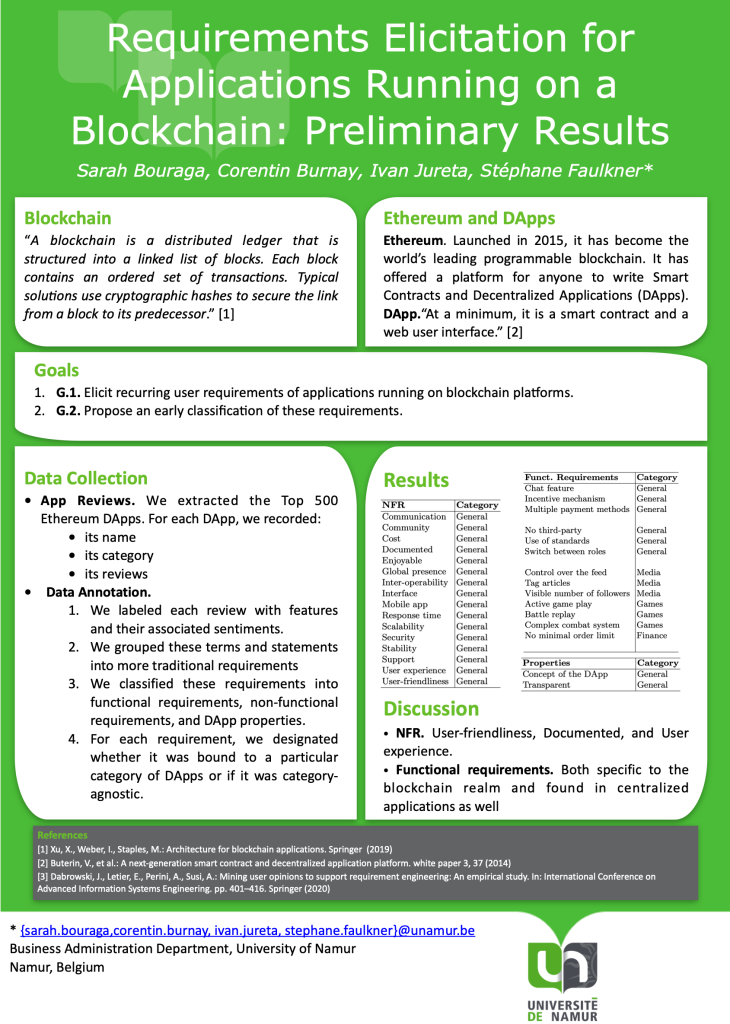Paper entitled “Enhancing the democratic nature of voting processes within decentralized autonomous organizations” in Digital Policy, Regulation and Governance.
Purpose
This paper aims to explore the problem of power imbalance within decentralized autonomous organizations (DAOs) and propose potential solutions that could contribute to enhancing the democratic nature of DAOs.
Design/methodology/approach
In this paper, the authors apply a qualitative methodology. Using a thematic coding analysis, the authors process data collected from interviews with 11 experts.
Findings
Multiple factors contribute to the perceived lack of democracy within DAOs, such as token concentration and effective stakeholder communication. Next, quadratic voting has the potential to enhance democracy within DAOs, but this mechanism must be implemented mindfully. Finally, the results were nuanced when it comes to the effectiveness of liquid democracy in DAOs to enhance voter participation and representation.
Originality/value
To the best of the authors’ knowledge, this paper is one of the first research contributions to propose recommendations to address the power imbalance within DAOs and to contribute to the advancement of decentralized decision-making structures.

